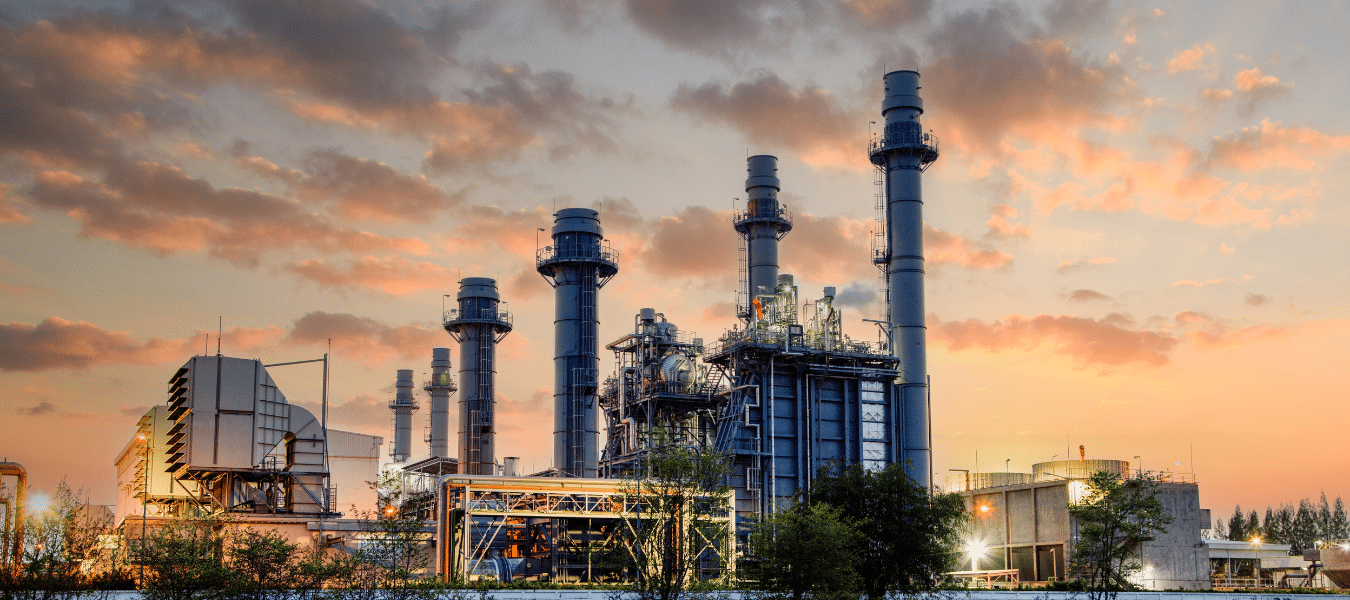At its Investor Day on 27 September, TotalEnergies will present itself once again as a “major player in the energy transition”. But is it really diversifying its energy products? A new briefing from Reclaim Finance shows that TotalEnergies’ fossil fuel extraction will in fact increase between now and 2030, while representing, as it claims, a smaller share of the energy production mix. The company’s new extraction activities are largely based on fossil gas, with in particular a 40% increase in liquefied natural gas (LNG) production between 2020 and 2030. Reclaim Finance is calling on TotalEnergies’ investors to face the facts and honour their climate commitments by ceasing to support the company until it abandons its oil and gas expansion strategy.
TotalEnergies likes to talk about its solar, wind and low-carbon sources of energy (hydrogen, biogas, biofuels) (1), but these will account for just 20% of its energy mix by 2030, compared to 80% for oil and gas. Despite the recent claims from chief executive Patrick Pouyanné that the group was “the most committed to the energy transition” (2), the company plans to increase gas production by 12% by 2030 (3) and liquefied natural gas (LNG) production by 40% between 2020 and 2030.
The claims, often repeated by investors, that TotalEnergies is genuinely diversifying its activities to make a real contribution to the transition do not stand up to analysis. It intends to increase its fossil gas business in both relative and absolute terms. Investors cannot credibly justify their support for TotalEnergies on the basis that they are supporting the company in its transition. This argument has no basis in fact.
Antoine Laurent, advocacy lead at Reclaim Finance
TotalEnergies highlights its target of 100 GW gross renewable intalled capacity by 2030, but this target includes projects in which the Group is a minority shareholder. And the company’s renewable capacity growth is based more on acquiring existing capacity than developing new supplies.
But this figure in fact accounts for only part of the 20% of TotalEnergies’ projected production, as it plans to produce some of its electricity and hydrogen from gas. This is composed mainly of methane, a greenhouse gas which is 82.5 times more potent than carbon dioxide over a 20-year period.
Instead of scaling back its hydrocarbon extraction and transport activities, the oil and gas giant is planning new gas projects (4), such as Papua LNG, a gas liquefaction and export terminal project in Papua New Guinea (5). This project, which will increase the country’s emissions from industry and energy by 7% (6), is being facilitated by the French bank Crédit Agricole, which is acting as financial advisor.
Papua New Guinea is already suffering the full brunt of climate change. By developing this fossil fuel project, TotalEnergies would be taking us even further into new climate, environmental and social risks. If we are to have a sustainable future, French banks, and Crédit Agricole in particular, must commit to no longer supporting Papua LNG.
Peter Bosip, representing the Papua New Guinea NGO CELCOR
Given TotalEnergies misleading claims, Reclaim Finance is calling on Crédit Agricole to withdraw from the “Papua LNG” climate bomb, and for all banks and investors to stop supporting new gas production, processing and transport projects and to cease all support for TotalEnergies until major changes it climate-destructive strategy.



